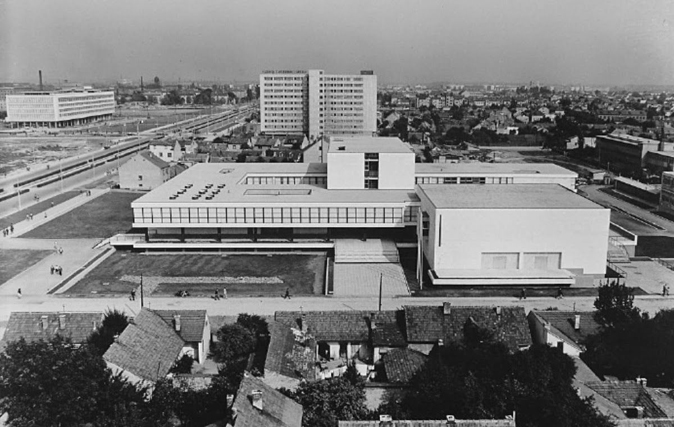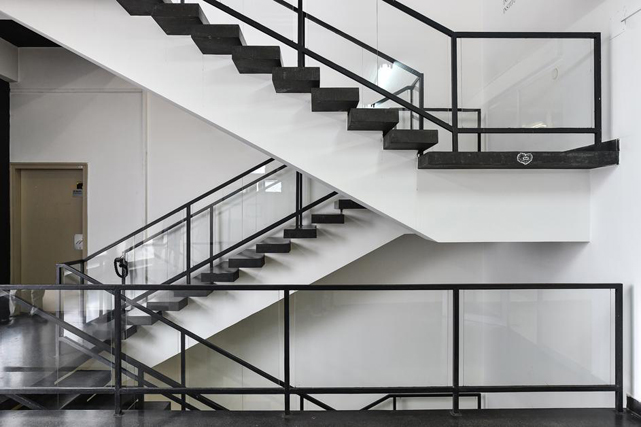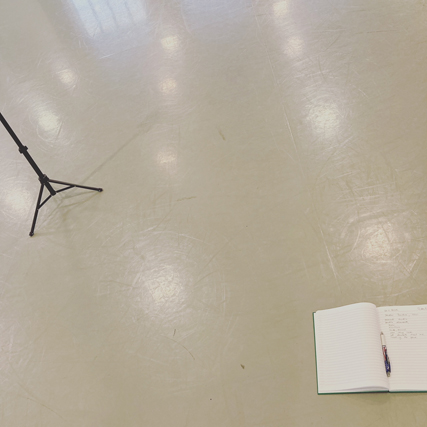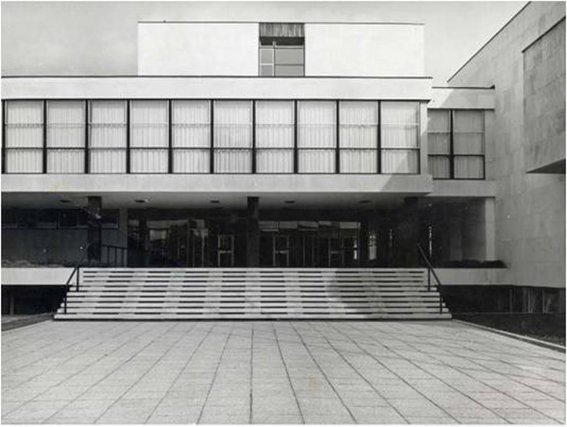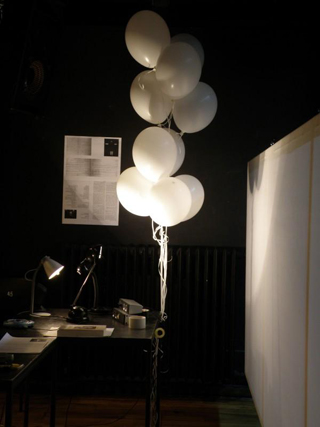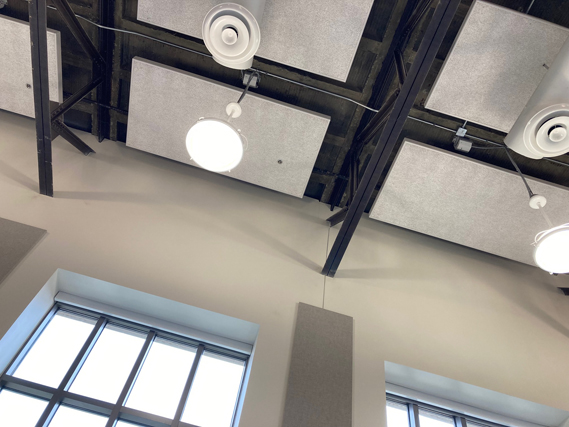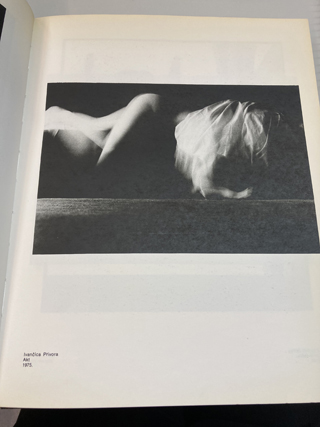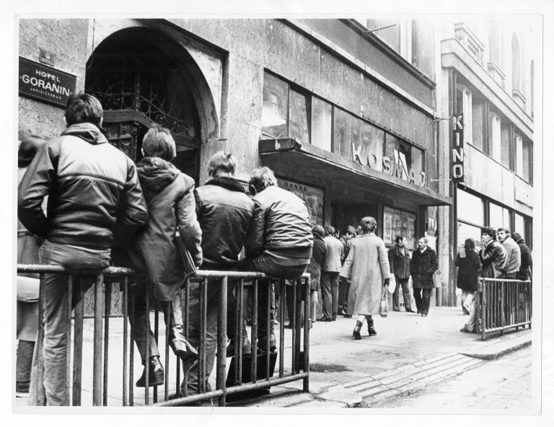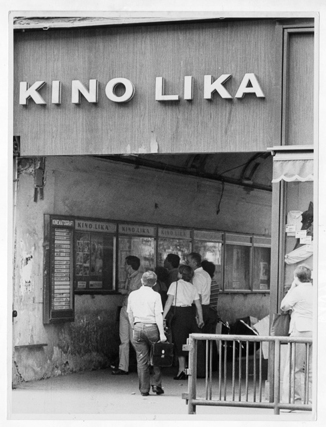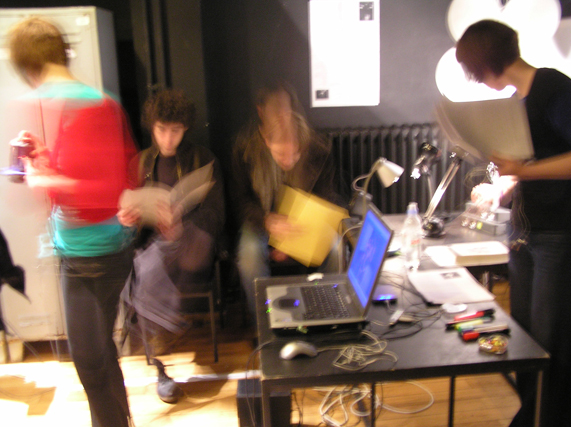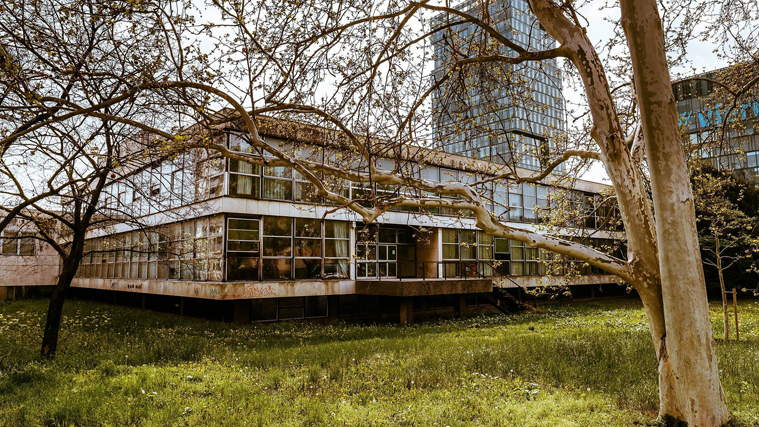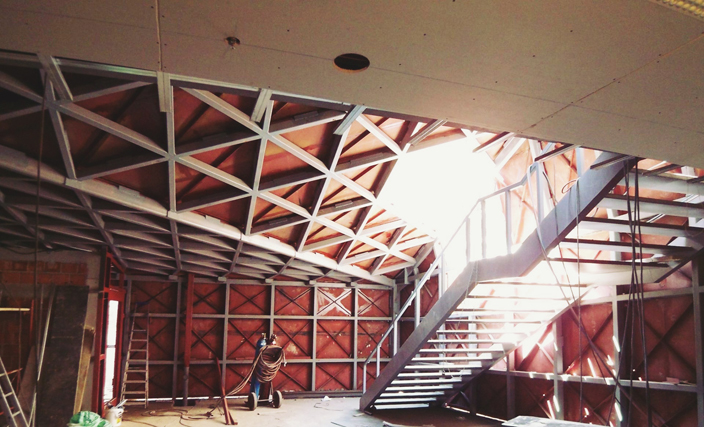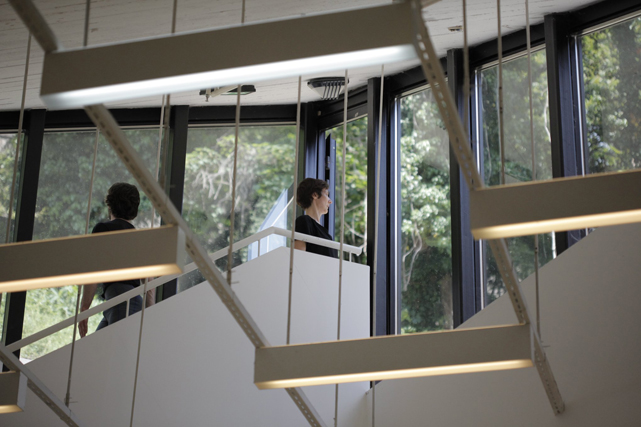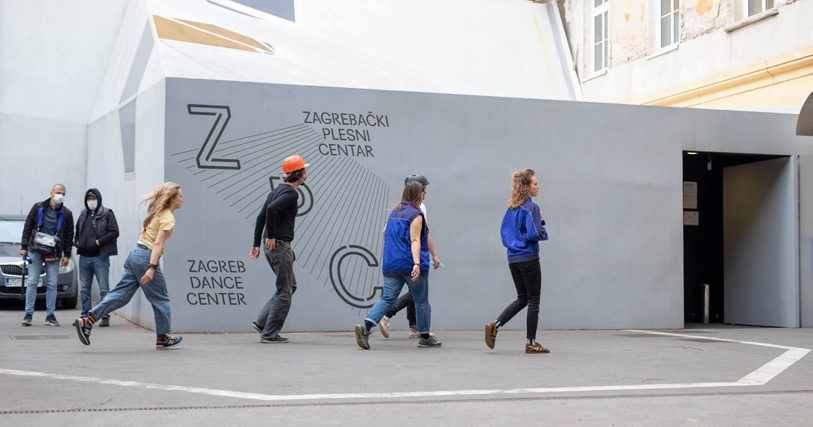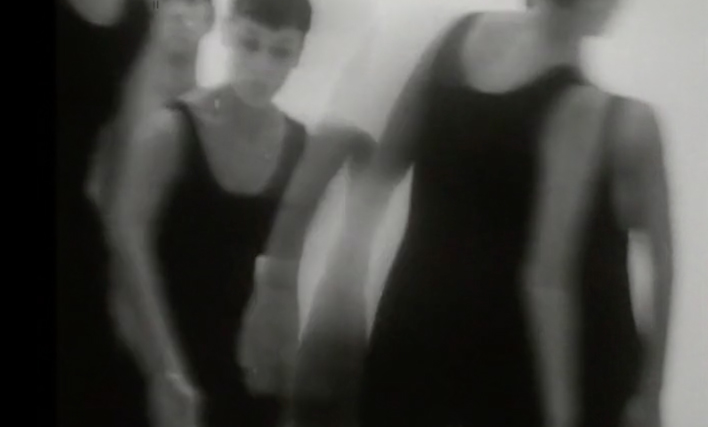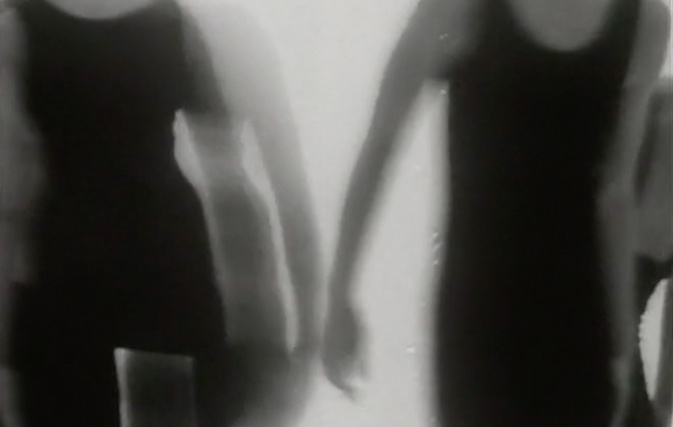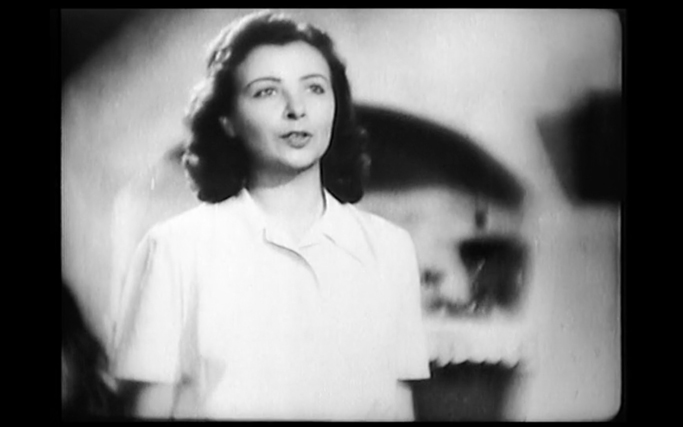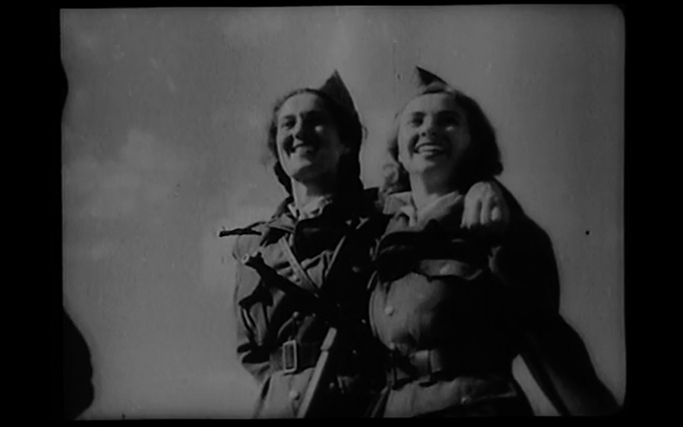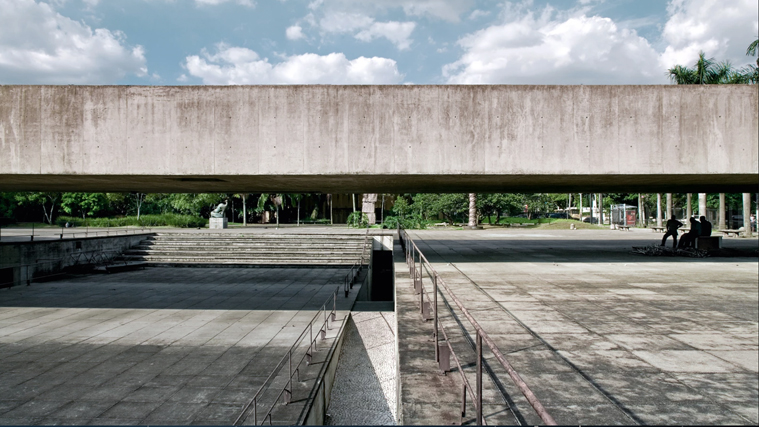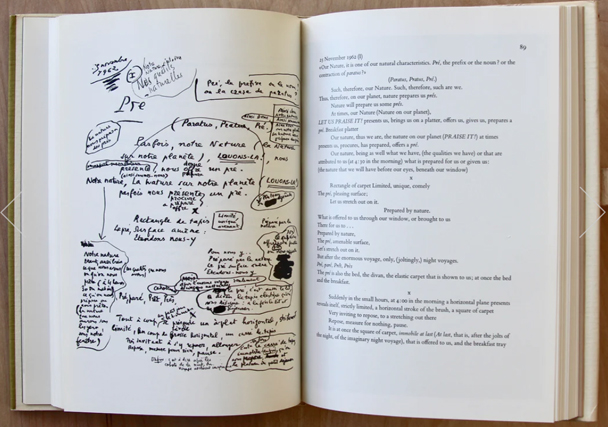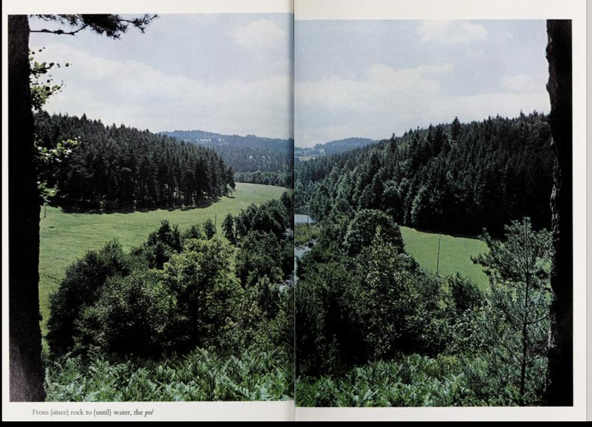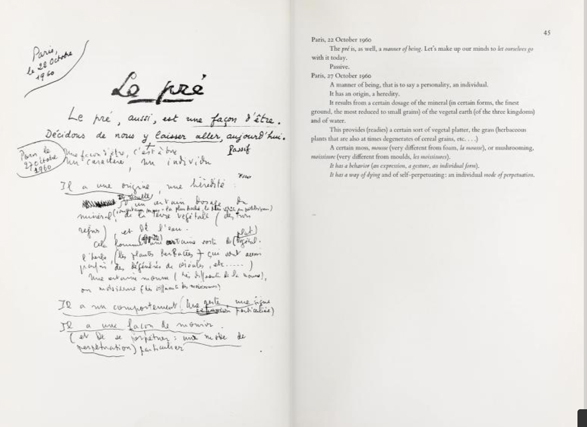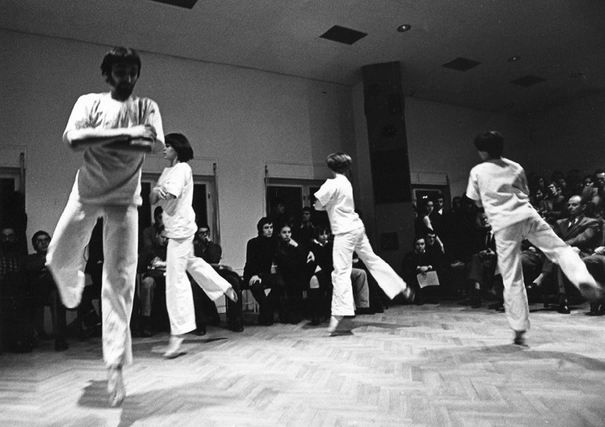My research examines the political potential of spaces and sites in dance. It delves into the possibilities of thinking with spatial environments, illuminating frictions between bodies, spaces, and temporalities. It explores liminal spaces, fragments, residues, and sparse archival traces, while reimagining methodologies in scholarship, practice, and research in dance.
I work across dance studies, dance theory, and dance history, art history and political theory in Central and Eastern Europe, Yugoslavia, and Croatia; architecture and urbanism; experimental cinema and media; continental philosophy, critical theory, and poststructuralism; practice-as-research, artistic research, choreographic research, and choreographic inquiry.
I received my Ph.D. in Dance Studies from Ohio State University in the summer of 2024, with a dissertation titled A Dance Studio as a Process and a Structure: Space, Cine-Materiality, Choreography, and Revolution—Zagreb, 1949-2010. The study examines dance studios as spatial processes of the political at the intersection of experimental choreography, architecture, and cinema along Yugoslavia’s political project, tracing its socialist and post-socialist periods. Dissertation Committee: Dr. Harmony Bench, Chair (Department of Dance), Dr. Hannah Kosstrin (Department of Dance), Dr. Philip Armstrong (Department of Comparative Studies), and Dr. Erica Levin (candidacy) (Department of Theatre, Film, and Media Arts).
The dissertation examines the dance studio and its built environment, exploring the relationship between dance and space. A focal point is the concept of the dance studio, analyzed through urban landscapes, experimental art practices, and the spatial history of cinema, encompassing the period from the 1950s to the 2010s in the city of Zagreb. Dance is examined as entangled with spatial structures and is expanded by their horizons, outcomes, and histories. A dance studio emerges as a hypothesis built in the process—a space at the intersection of context and time, and dance as an archival record embedded in spatial and societal change. The dissertation argues that this very process constitutes a dance studio’s structure: a space, practice, and environment made possible—reimagined, shaped, and hypothesized through the lens of dance and its experimental inquiry. The study approaches spaces and practices from the vantage point of the long contemporaneity, extending across both modernism and postmodernism, facilitating the juxtaposition and productive friction of these terms. The city is approached as a dynamic multitude, encompassing a range of changes in the socialist and post-socialist periods that influenced, challenged, and shaped art, dance artists, and their spaces between 1949 and 2010.
Research Presentations, Lectures, and Panels
Fall 2025
Spatial Echoes: Choreographic Structures Shaped by Urban Environments in Zagreb and Eastern Europe, research presentation, Urban Humanities Conference 2, Washington University in St. Louis, October 16, 2025.
A Room for Movement: Ana Maletić’s 1932 Dance Studio in Zagreb as a Space, School, and Experiment of the Modern Body, research presentation, Conference Architecture and Housing Culture in Zagreb and Central European Cities 1880-1940, Institute of Art History in Zagreb, October 9, 2025.
Spring 2025
Through Choreography and Sound: Critical Practice of Spatial Thinking, Research Talk, Museum of Contemporary Art in Zagreb, Antisezona, June 28, 2025.
Kinetic Rhythm: The Choreo-Cinematic Rhythm in Vera Maletić’s 1968 Film ‘A Choreography for Camera and Dancers’, Rethinking Rhythm in Film Symposium at Anglia Ruskin University, Cambridge, May 22, 2025.
Reimagining Dance and Imagining Revolution: Marija Leaves the Theater in Branko Marjanović’s 1949 Film ‘The Flag’, Conference Resistance Movement Art of Yugoslav Partisans – How to Think About It, How to Remember It at Subversive Festival: An Interdisciplinary Platform for Film and Critical Theory, Zagreb, May 15, 2025.
Unfolding Spaces: Avant-Garde Engagements, Experimental Choreography, and Politics of Space in Milana Broš and Dubravko Detoni’s ‘La voix du silence’ at the 1973 Music Biennale Zagreb, Music Biennale Zagreb, April 7, 2025.
2024
Rethinking Structure—New Forms: Movement Spaces at the Workers and People’s University Moša Pijade in Zagreb, conference presentation, New Yugoslav Studies, Convention of the Association for Slavic, East European & Eurasian Studies, Boston, November 23, 2024.
Research as Resistance: Dance Research as Methodology, Inquiry, and Political Practice, panel lecture, Transformative Policies for Dance—Futuring: Dance Research as the Foundation of a New Dance Institution, Choreographic Convention Zagreb, November 20, 2024.
A Dance Studio as a Process and a Structure: Space, Cine-Materiality, Choreography, and Revolution—Zagreb, 1949-2010, seminar lecture, East European and Eurasian Architecture Seminar, Topics in Architectural Theory, Knowlton School of Architecture, Ohio State University, October 21, 2024.
Spatial Layers and New Forms: Movement Spaces at the Workers and People’s University Moša Pijade in Zagreb, research lecture, Museum of Contemporary Art in Zagreb, Antisezona, October 17, 2024.
Unfolding Spaces: Avant-Garde Environments, Experimental Choreography, and Politics of Space in Milana Broš and Dubravko Detoni’s ‘La voix du silence’ at the 1973 Music Biennale Zagreb, presentation at DocTalk Series at the Emilio Ambasz Institute at MoMA, June 18, 2024.
Unfolding Spaces: Avant-Garde Horizons, Experimental Choreography, and Politics of Space in Milana Broš and Dubravko Detoni’s ‘La voix du silence’ at the 1973 Music Biennale Zagreb, conference presentation at the European Studies Council, Yale University, May 9, 2024.
Marija Leaves the Theater: Reimagining the Dance Studio, Imagining Revolution, lecture at the Center for Slavic, East European and Eurasian Studies, Ohio State University, March 29, 2024.
